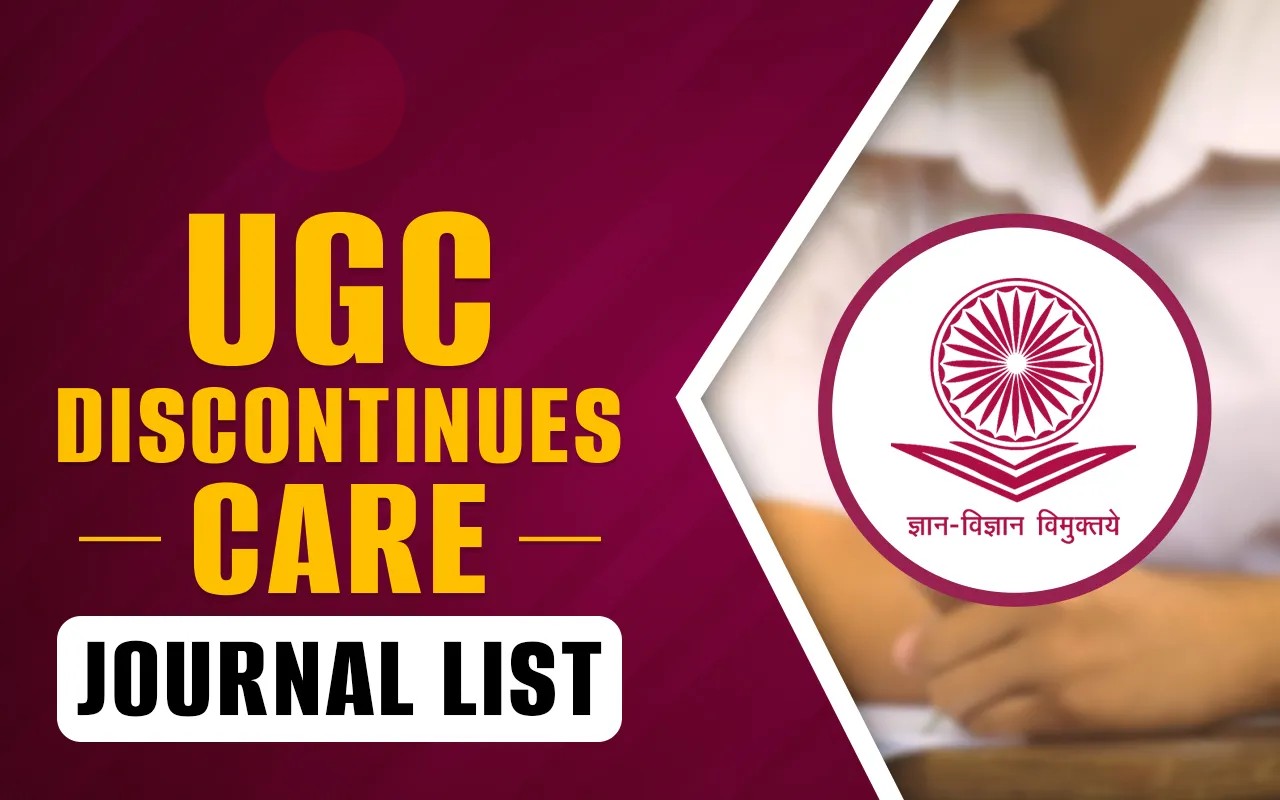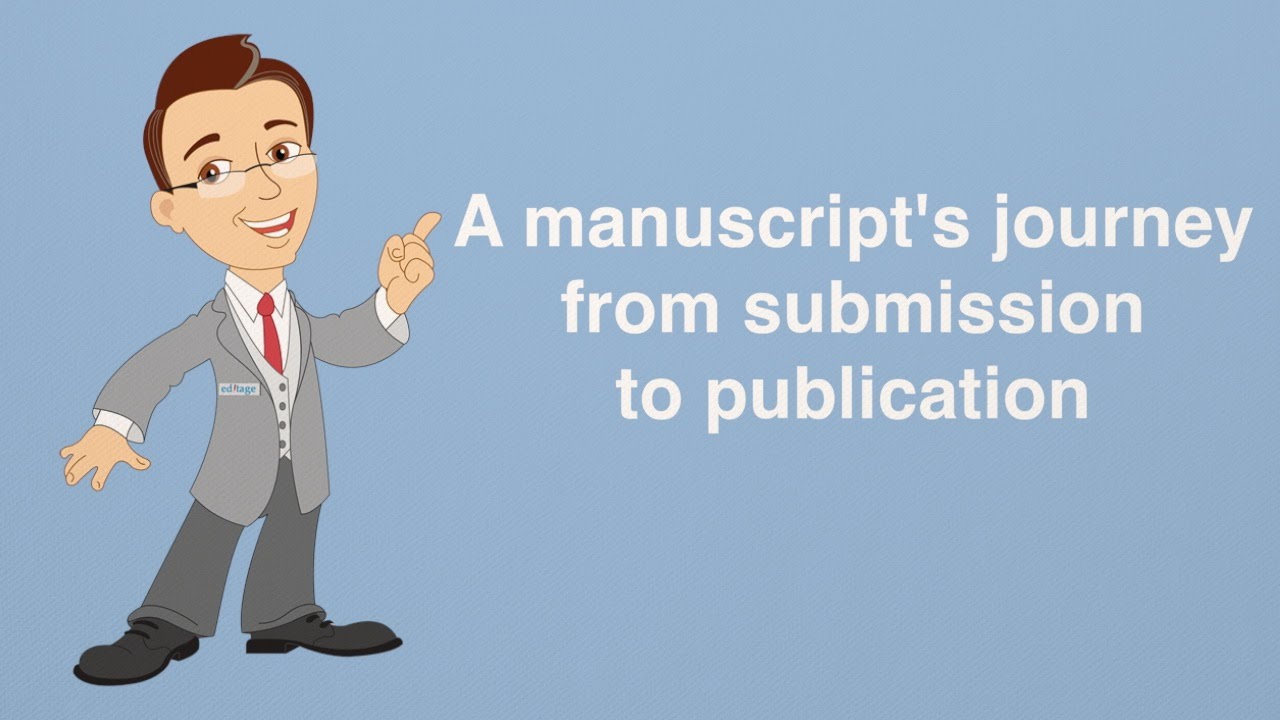Manuscript, Publication in Pharmaceutical Journals,

In today’s fast?paced and highly competitive world of biomedical research, the publication of research findings in a reputable pharmaceutical journal is both a mark of credibility and a key driver of professional advancement. However, the pathway from an initial idea to the final publication is complex and often fraught with challenges. This article walks you through the typical journey and provides actionable tips for researchers striving to successfully navigate the process.
1. From Idea Generation to Research Design
a. Identifying a Relevant Research Question
Every publication begins with a solid research idea. In pharmaceutical science, this might stem from a clinical observation, a gap in existing literature, or an unmet need in drug development or safety evaluation.
Tip: Use frameworks such as FINER (Feasible, Interesting, Novel, Ethical, Relevant) to critically evaluate your research question before proceeding. This not only helps clarify your objectives but also ensures the study’s potential impact on clinical practice.
b. Designing the Study
Designing the study is particularly crucial in pharmaceutical research, where clinical trials, preclinical studies, or mechanistic laboratory investigations require rigorous protocols. Ensure that your study design addresses statistical power, ethical concerns (especially when involving vulnerable populations), and compliance with regulatory standards.
Tip: Consult with statisticians and clinical experts early in the process to optimize sample size and methodology, reducing the likelihood of irreproducible results later on.
2. Manuscript Preparation: Crafting Your Scientific Story
a. Writing with Structure and Clarity
Most scientific papers adhere to the IMRaD format—Introduction, Methods, Results, and Discussion.
- Introduction: Contextualize your research, state the hypothesis, and highlight the gap your study addresses.
- Methods: Describe experimental design, patient selection criteria (if applicable), statistical analyses, and ethical considerations in sufficient detail to allow replication.
- Results: Present your findings with clarity, using tables and figures where appropriate.
- Discussion: Interpret the results in context, compare them with existing literature, acknowledge limitations, and suggest future directions.
Tip: Review recently published articles in your target journal to understand specific formatting and stylistic guidelines. Adhering closely to the journal’s instructions for authors minimizes desk rejections.
b. Ethical Transparency and Authorship
In pharmaceutical research, transparency is paramount. Disclose conflicts of interest, funding sources, and if applicable, the role of professional medical writers or publication planning agencies.
Tip: Early involvement of experienced medical writers or publication strategists can help you navigate ethical requirements and ensure that your manuscript is both clear and compliant with industry guidelines
.
3. Selecting the Right Journal
a. Matching Scope and Audience
The choice of journal greatly affects your paper’s visibility and impact. Look for pharmaceutical journals that specialize in your area of research—be it clinical pharmacology, drug safety, or pharmaceutical sciences.
Tip: Evaluate journal metrics (impact factor, rejection rate) and review recent articles to ensure that your study fits the journal’s focus. Some journals also provide specific guidelines for clinical or preclinical pharmaceutical research.
b. Consideration of Open Access and Publication Policies
Decide whether you prefer a traditional subscription?based journal or an open-access model. While open access increases readership and citation potential, it often comes with publication fees.
Tip: Investigate any funding available at your institution for open-access fees and consider your target audience’s access needs.
4. Submission and the Peer Review Process
a. Preparing Your Submission Package
A complete submission typically includes the manuscript, a cover letter that succinctly explains the study’s significance and fit for the journal, any necessary supplementary data, and declarations (e.g., conflicts of interest, ethical approvals).
Tip: Use a pre-submission checklist (often available on the journal’s website) to ensure that every requirement is met.
b. Undergoing Peer Review
Once submitted, your manuscript enters the peer review process. Reviewers—experts in the field—assess the novelty, methodological rigor, and relevance of your study. In pharmaceutical journals, reviewers also scrutinize data integrity and regulatory compliance.
Tip: Understand that initial critiques are part of the process. Maintain a constructive attitude when addressing reviewer comments. If reviewers raise similar concerns, consider a thorough revision rather than contesting the feedback.
Submit You rmanuscript here
5. Responding to Reviewer Feedback and Revisions
a. Crafting a Detailed Response
When reviewer comments return, address each point systematically in a response letter. Clarify any misunderstandings and provide additional data or modifications as required.
Tip: Remain professional and evidence-based in your responses. Where disagreements arise, explain your rationale clearly and respectfully.
b. Managing Multiple Revision Rounds
It is not unusual for a paper to undergo several rounds of revision. Use each round as an opportunity to strengthen your manuscript.
Tip: Keep a record of all changes made in response to reviewer feedback and be prepared for additional rounds of review, particularly in fields with rigorous scientific standards like pharmaceuticals
.
6. Production and Final Publication
a. Copy Editing and Proof Correction
After acceptance, your manuscript enters the production phase. Professional copy editors will ensure that the paper meets the journal’s style and formatting standards. You will then receive proofs for final corrections.
Tip: Carefully review proofs to catch any errors introduced during typesetting. Prompt and precise communication with the production team can help avoid delays.
b. Online Publication and Post-Publication Considerations
Once published, your article may be made available online immediately, sometimes even ahead of print. This version of record is what other researchers will cite.
Tip: Promote your published work via academic networks, social media, and professional conferences to maximize its impact. Many journals also provide metrics on article views and downloads, which can be useful for future grant applications or career progression.
7. Overcoming Common Challenges
a. Handling Rejection
Rejection is a common part of the publication journey. Rather than viewing it as a setback, use rejection letters and reviewer comments to refine your study and manuscript.
Tip: Seek mentorship from senior colleagues who have navigated similar rejections, and consider alternative journals if the fit isn’t right.
b. Managing Time and Resources
The publication process can be lengthy, particularly when revisions are needed or when coordinating with co-authors.
Tip: Develop a timeline for your project and assign clear responsibilities to co-authors. Using project management tools can help keep everyone on track.
c. Navigating Industry Complexities
Pharmaceutical research often involves unique challenges such as sponsor controls over publication content and potential conflicts of interest.
Tip: Ensure that all agreements with sponsors or collaborators are transparent from the outset. Familiarize yourself with industry ethical guidelines and consider working with a dedicated publication planning team to balance scientific integrity with commercial interests
.
Conclusion
The journey from manuscript to publication in a pharmaceutical journal is an intricate process that requires careful planning, diligent writing, and a resilient attitude toward feedback and revision. By laying a strong foundation through a well-conceived research idea, adhering strictly to manuscript guidelines, choosing the right journal, and managing the peer review process effectively, researchers can improve their chances of success. With thoughtful strategies to overcome common challenges—such as handling rejection, managing time, and navigating industry complexities—scientists can not only publish their work but also contribute meaningfully to advancements in pharmaceutical research and patient care.






